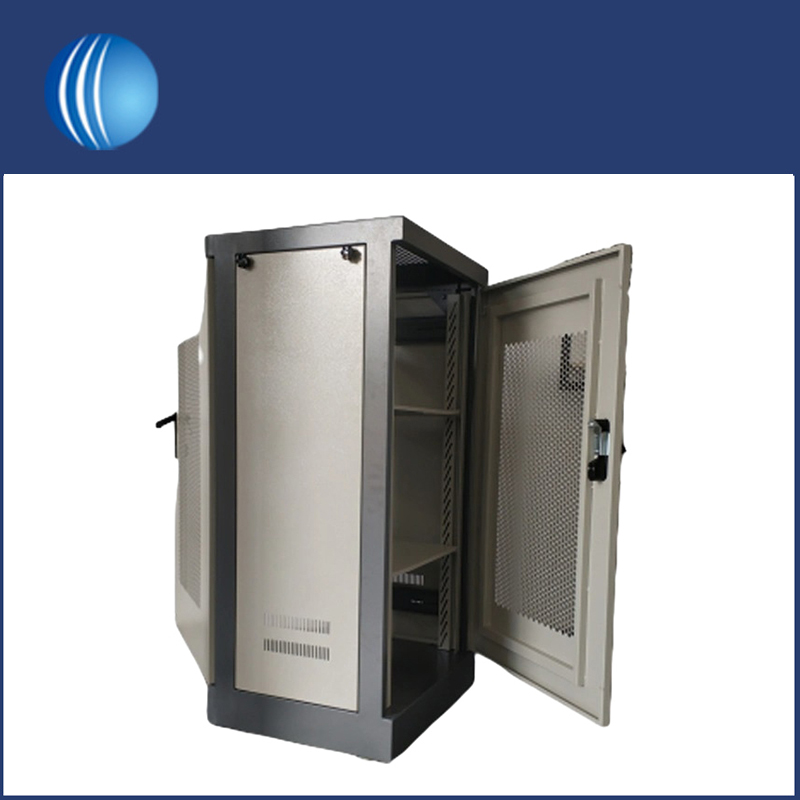
Electrical cabinet housing provide operator safety and ensure electrical system reliability by providing a physical barrier to protect equipment from the outside environment.
Electrical cabinet housing are well-designed and versatile components used to protect electrical equipment and components. These enclosures ensure safe operation of equipment in a variety of environments by providing a physical barrier while offering a range of features and benefits that make them widely used across multiple industries and applications.
The manufacturing process of electrical cabinet housing is complex and typically includes the following steps:
1. Design and Planning: Manufacturing begins with the design and planning phase, where engineers use computer-aided design (CAD) software to determine the size, shape, and structure of the enclosure to meet the needs of the specific application.
2. Material selection: The choice of material depends on the application environment and can be metal, such as steel or aluminum, or other suitable materials such as plastic.

3. Cutting and shaping: The material is cut, bent, punched and shaped to obtain the individual components of the electrical cabinet housing. This may require specialized processing equipment and skills.
4. Welding and assembly: If the shell is made of metal, different parts usually need to be connected together by welding and other methods to build a complete shell structure.
5. Processing and assembly: The casing may require further processing, such as drilling holes, cutting vents, installing gaskets, etc. In addition, any internal components, such as electrical components, cable management systems, etc., also need to be installed into the electrical cabinet.
6. Surface treatment: The electrical cabinet housing usually requires surface treatment, such as spraying, galvanizing, electrophoretic coating, etc., to increase corrosion resistance and improve appearance.
7. Quality control and testing: Every step in the manufacturing process needs to go through quality control and testing to ensure the quality and performance of the case.
8. Identification and Packaging: Finally, the electrical cabinet housing may need to be identified with information such as a logo, model number, etc., and packaged for shipping and delivery to the customer.
Electrical cabinet housing are critical components in a variety of industries, providing critical support for the proper operation of electrical systems by providing physical protection, ensuring the safety and reliability of equipment.
The design and selection of electrical cabinet housing should be based on specific application needs, including factors such as environmental conditions, electrical equipment type and size. Different applications may require housings of different materials and form factors. SKYT® factory can meet your needs.
